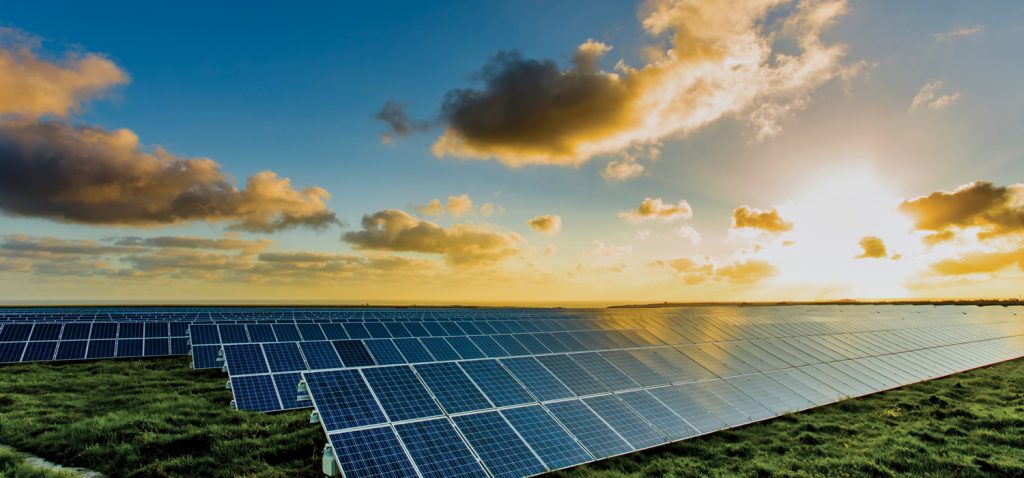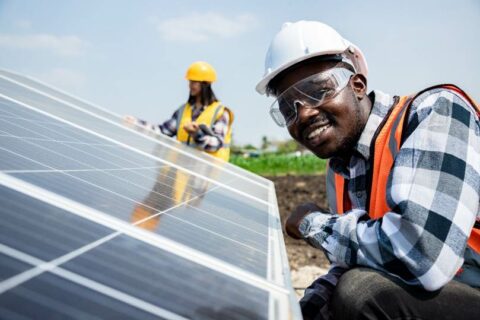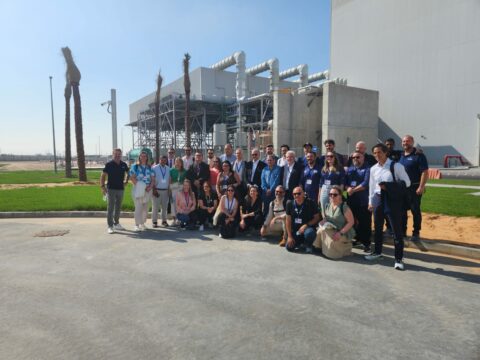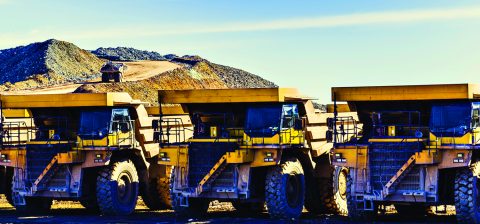SA Mining
Using Mine Closure To Combat Climate Change
With COP26 in full swing at the time of writing, moving away from fossil fuel towards renewables, and in particular “powering past coal”, has been high on the agenda. Before the conference, South Africa had already planned to reduce coal’s contribution to the energy mix to less than 60% by 2030.
This commitment has been further solidified through one of the latest outcomes of the summit – SA, the globe’s 12th largest carbon dioxide emitter, is set to receive $8.5-billion from the governments of the United States, United Kingdom, France and Germany to help end its reliance on coal.
All sounds great at conference, but is it achievable in practice without significant socioeconomic and political dislocation and what role (if any) should mine closure play?
As it stands, approximately 80% of the country’s electricity comes from coal, and current demand exceeds supply. For some time now, Eskom has indicated plans to shut down 8GW to 12GW of generation capacity at its ageing coal-fired power plants over the next decade. Instead of investing in new coal-fired projects, the state utility has hinted at repurposing its power plants for renewable energy.
Given Eskom’s current capacity gap of 4 000MW to 6 000MW, additional electricity-generating initiatives will have to be fast-tracked in order to keep up with South Africa’s developmental needs as well as its latest commitments. At the end of October 2021, the Department of Minerals and Energy (DME) announced the 25 winners of bid window five for the procurement of 1 600MW from onshore wind and 1 000MW from PV solar projects.
The race towards renewable energy generation is, however, not without its own environmental impacts. Renewable energy developments are land-hungry and often create conflict between bioenergy production, biodiversity protection and agricultural productivity. Mining activities have, over several decades, created vast tracts of land in need of rehabilitation.
As such, the mining sector can contribute significantly to the transition to a greener, low-carbon economy by repurposing these areas for renewable power generation. Exxaro and Seriti, key suppliers of Eskom’s coal, have already signed an MOU with the provider that will see these companies implementing renewable energy initiatives at their respective operations.
Renewed thinking
The draft National Mine Closure Strategy, published for comment in May 2021, acknowledges that past attempts to restore post-mining ecosystems to their original, pristine states have often not been possible, and introduces the concept of creating a fit-for-purpose condition post-closure.
The aim is to create a self-sustaining ecosystem, or an alternative sustainable post-mining land use, which ensures the development of a post-closure economy. Stipulations specifically mention renewable energy generation as a potential end land use to consider after mine closure.
Operational mines that generate their own power using renewable sources can form a generation base that could remain in place, post mine closure, and that could also be used for the long-term treatment and pumping of mine-impacted water, if required.
Maximising the re-use of mining infrastructure by leaving it in place post-mining would lower both closure costs and the capital expenditure of future developments. Water supply, accommodation and labour should readily be available, thereby minimising construction time and cost, and mitigating the loss of employment and potentially mitigating the negative socioeconomic and political risks that are inevitable when mines close.
In addition, using already disturbed mine sites for renewable energy generation would take further pressure off greenfield development sites elsewhere.
Renewed purpose
The Kidston Clean Energy Hub located in North Queensland, Australia, is a testament to the potential of renewable energy generation as an end land use. When Kidston gold mine closed in 2001, it led to large-scale job losses, negatively impacting livelihoods.
Innovative thinking, however, turned the situation around with the installation of a renewable energy hub, which has since created 900 jobs. A 50MW solar farm was built on top of a disused tailings dam, with expansion plans under way to increase the solar farm’s capacity to 320MW. When complete, the hub will also include a 250MW hydroelectric power station and a 150MW wind farm.
The two large open pits on the property were filled with water after closure and will function as the reservoirs of the hydroelectric scheme. Reverse turbines and generators will be installed in an underground tunnel connecting the two pits, while water released from the upper reservoir to the lower reservoir will generate energy that can then be dispatched when electricity is in high demand.
During the day, water will be pumped back to the upper reservoir using power generated by the solar farm, with grid power being used at night. This process is then repeated daily, with the facility acting as a giant battery during peak periods.
Renewed solutions
Eskom’s supply challenges, the recent rise in the threshold for self-generating facilities from 1MW to 100MW, and the rapidly declining costs of renewables have led many South African mines to consider the installation of renewable energy projects. In September 2021, the Minerals Council South Africa stated that its members were planning to invest in facilities that could generate capacity of up to about 2GW, with a value of between R30-billion and R40bn.
Solar farms are also increasingly considered a feasible post-closure land use, while underground pumped hydroelectric energy storage systems show potential at some of South Africa’s very deep gold mines.
Climate change and a low carbon economy pose both a threat and an opportunity to the mining industry. It is critical to integrate closure planning with mining studies and operations. What could be even more critical is integrating a different energy mix to the closure process. The implementation of sustainable renewable energy hubs on previously mined land could be an innovative gateway to a greener future.
Renewables may yet provide mining communities with a transformation dividend without the need for Karpowerships.






 Sign-up and receive the Business Media MAGS newsletter OR SA Mining newsletter straight to your inbox.
Sign-up and receive the Business Media MAGS newsletter OR SA Mining newsletter straight to your inbox.